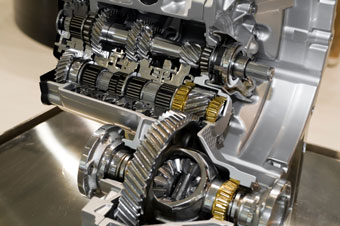
Step 2 in Autonomous Maintenance is to correct sources of dirt and grime; prevent spattering and improve accessibility of hard to clean areas, shortening the time it takes to clean and lubricate. Correct the sources of contamination so it’s easier to keep equipment clean, improving reliability and maintainability.
Large covers hinder the inspection, cleaning, and lubrication. How can we overcome these drawbacks? Make guards as small as possible and bring them as close as possible to the contamination. This is one strategy that focuses on removing the source of problems and eliminating hard to access areas. Using localized regulations to control contamination produces both tangible and intangible benefits:
- Accelerated deterioration stops because dirt and grime don’t penetrate to the critical, functional part of the equipment. This reduces breakdowns considerably.
- Cleaning can be performed quickly.
- Easy lubricating and checking.
- Setup and change over times are reduced.
- Leaders and operators alike use the techniques of continuous improvement.
Preventing accelerated deterioration is the key purpose of autonomous maintenance. Some deterioration is natural, even when we clean, lubricate, and correctly use the equipment. Accelerated deterioration happens sooner than it has to, usually resulting from failure to keep equipment clean and lubricated.
To learn more about how Technology Transfer Services can put your organization on a path to world class maintenance, call us at (813) 908-1100 today!

